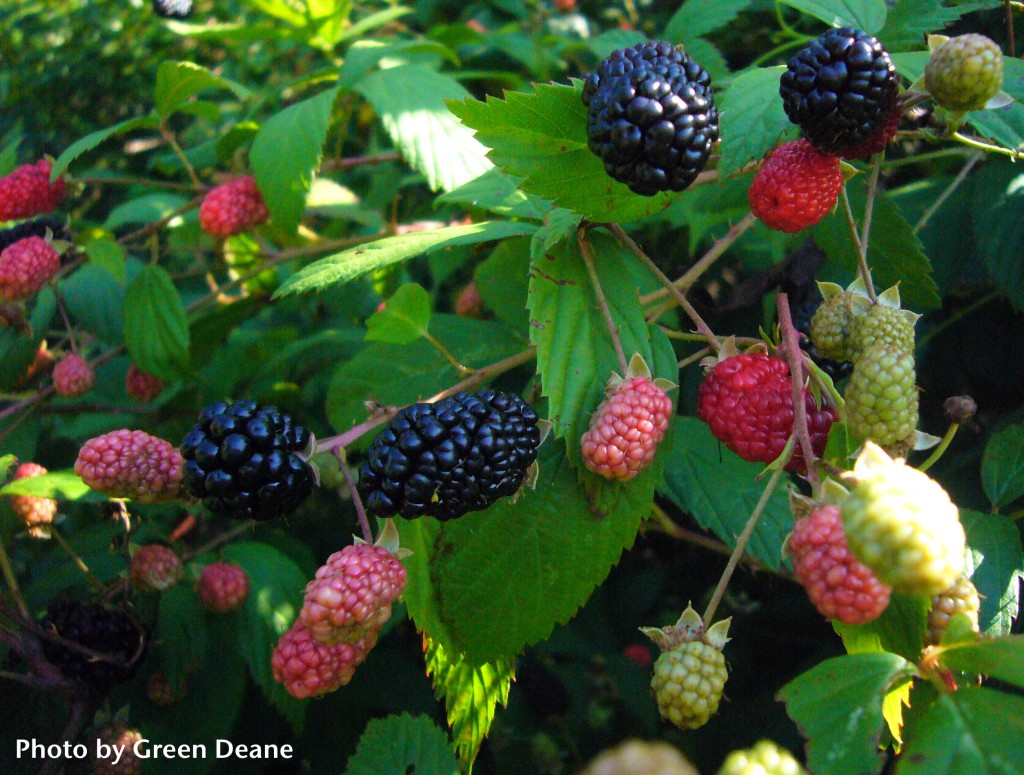
The center core remains when blackberries are picked making them slightly bitter. Photo by Green Deane
To most people wild blackberries don’t even exist. There are perhaps billions of people who have lived their entire lives not having once thought about wild blackberries. To foragers, who may number in the thousands, they are a slightly bitter mostly sweet berry of spring or summer. To me they are a prickly reminder of a childhood in Maine and a sign that the warm days of summer had arrived for a few weeks. But for probably two people, wild blackberries meant something very different if not special.
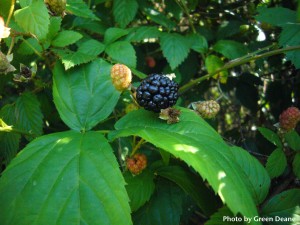
Blackberries do have leaves of three but they also have thorns to help separate them from poison ivy which does not. Photo by Green Deane
We know for certain that in the early summer of 490 BC in Denmark someone went picking ripe blackberries. It could have been a servant, or it could have been a loved one. Whomever they were they braved the thorns and picked a generous portion of blackberries but did not eat them. The berries were added to unhulled millet to make a meal for a rather remarkable woman. She was around 40, about 4-foot-11, in good health, and had no degenerative diseases. She was also about to be executed and this was her last meal. Within minutes she was ritually strangled perhaps to appease an agricultural god. Not cremated as usual she was buried in a bog with her body held down with arched saplings. The tannic acid of the muck preserved her and her last meal extremely well.
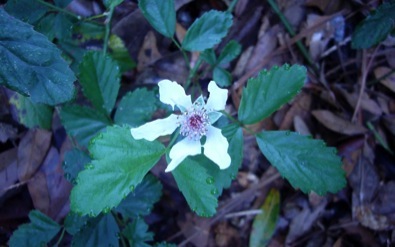
“Dewberries” are blackberries that crawl rather than grow canes. Photo by Green Deane
When I harvest blackberries I think of the Haraldskaer Woman. Someone picked blackberries just like you and I do. And they resisted eating them as we so we can give them to someone else. The blackberries could have been a last request and knowingly picked by a loved one. The condemned could have picked them herself or they could have been part of a religious requirement. I like to think they were gathered by someone caring for another, someone trying to bring a small amount of pleasure to what had to be a difficult time. Giving food is a significant gesture that stretches back into the shadows of time. Giving food you have harvested yourself says you are fostering life, even if that life is short. When I pick blackberries I don’t think about how this woman met her fate, or why. I think about someone braving their feelings, the thorns, and caring enough give her a last meal of spring berries, a bitter-sweet moment in many ways. Even after 2500 years the humanity of giving shines through, and it does when we give people food we have foraged.
The Water Hyacinth is blooming and no doubt many people are irritated by that. The ambitious aquatic is an extremely invasive species that is hated by native plant advocates and burns up millions of tax dollars fighting it. That it is pretty and edible tends to get lost in the botanical donnybrook. The misguided fellow who intentionally introduced it into Florida thought it so pretty he said the state should reward him. A century and half later they would gladly hang him. Closely related to the rooted Pickerel Weed, the Water Hyacinth is quite nutritious if always al dente even after much cooking. I like to chop boiled, cooled leaves tossing them in salads for added texture and flavor. When I am cooking a soup or stew that might wilt lesser greens I use Water Hyacinth. I cook the bulbous bottoms like pork rinds, whose flavor they resemble. The gold-spotted blossom also reminds me of the light British comedy “Keeping Up Appearances.” In that series four sisters are named after flowers: The vivacious Rose, the sweet Daisy, the seldom seen Violet, and Hyacinth. Guess which one causes all the problems? To read more about this dreaded import go here.
Of Butterflies and Bees by Mike Conroy, guest writer: Did you ever wonder how different plants and animals get their names? I mean, why is it called a butterfly when it flutters by? Shouldn’t it be a flutterby? And bees do go beezzz when they fly by, but there are other insects that make the same sound, but even louder. So why do we call a bee a bee? What is in a name?
When it comes to foraging, names can be important! After all, a rose by any other name is still a rose. And rose petals are not only edible, but are featured in some rather posh restaurants. So why not go out and pick some of your neighbor’s roses for your meal tonight? Perhaps the rose is a poor example of what I am about to say, but it is common and most people know what a rose is, so I will use it, and the northern Bluegill fish, as examples.
The “rose” as people know it is in the taxonomic (scientific) family Rosaceae. Families are then divided into genus and the genus further divided into species. This is a method of providing a unique name to every living thing on the planet, a name that no other living thing has, unless it is the same thing. And, by using such naming methods, we also can group like individuals to their relatives. The family grouping in the rose family shows us that roses, plums, peaches, apples, strawberries, blackberries, and many others are fairly closely related. And yes, we can buy many of these foods in our local markets. But that does not mean that all family members are edible.
For the rose, the flower petals are food, for the blackberry, the fruit including the seed is consumed, and for the plum and the apple you eat the fruit but the pit (seed) contains the toxin cyanide. Well, of course, we don’t eat the plum pit or apple seeds! So what’s the point you say. The point is that if you don’t know what you are eating, you can kill yourself.
This is the reason why we foragers are all about giving the scientific name to what we are talking about. In my neck of the woods, the name brim, bream, perch, bluegill, and panfish, all are used interchangeably with a Bluegill appearing Sunfish. This includes such fishes as the Redear, Green Sunfish, Pumpkinseed, Warmouth, and many other species and none of them are a true perch, which is a different genus altogether. So which Lepomis are they really talking about? We really don’t know do we? And, as far as edibility goes, for the Lepomis, it really doesn’t matter. But this is not always the case, especially when it comes to plants!
It is this reason why we foragers include the scientific name of a species when we discuss the edibility and safety of eating the weeds. There are too many cases where one common name can refer to a different plant in another part of the world. Or two or more names can refer to the same plant. And this confusion can get you killed. So what’s in a name? Life, or death, is in a name.
When you research a plant for a potential source of food or medicine, please be sure that you are correctly identifying said plant! And research it by its scientific name, not its common name. Researching for the identity and safety of plants and animals is much more accurate when done with the scientific, rather than the common, name and oft times, you will get more keys to positively identify with while avoiding much of the misinformation that sometimes appears on the internet today. Too many times there have been mistakes, some sickening, some lethal, that could have been avoided by using the taxonomic name rather than the common one. Remember, life or death is not only in your hands, it is in the name. — Mike Conroy, B.S. C.I.S, is an active forager, a moderate on the Green Deane Forum, and holds a minor in Aquaculture from Lincoln University of Missouri.
What Do You See #12: There are two abundant edibles in this photo, Dollar Weed and Plantagos. In this particular instance it does not make much difference which species of Dollar Weed it is or which species of Plantago. Both can be eaten though the flavor varies greatly from young plant to old plant, and some species to another. But I will go out on a botanical limb and say the plantago is not P. major or P. asiatica but rather P. rugelii. At the base of the stem is a little purple coloring which helps identify it from the P. major. I have yet to find a good description of P. asiatica to rule it out completely. Besides food both groups of plants have many medicinal uses. Dollar Weed, also called Pennywort, is used to lower blood pressure, among other applications. Plantagos are also a major part of herbal medicine being an astringent and source of fibre.
What Do You See #13 is below. It’s a typical sun-dappled scene locally. Can you name at least four different edible species?
On the Green Deane Forum we post messages and pictures about forager all year long. There’s also a UFO page, for Unidentified Flowering Objects so plants can be identified. Topics this morning included: Wild Florida Blueberry, Henbit, More Cambium Donuts, Sassafras Tree, Tincture Longevity Questions, Stinging Nettle Info and If You Hang Out With Glyphosate (Roundup.) The link to join is on the right hand side of this page.
Upcoming foraging classes are always being updated on my “classes” page (see button above.) Some dates are yet to be scheduled. These classes are set to go: Sunday, Sunday, May 11th, Red Bug Slough Preserve, 5200 Beneva Road, Sarasota, FL, 34233. 9 a.m, Saturday, May 17th Mead Garden, 1500 S. Denning Dr., Winter Park, FL 32789, 9 a.m., Sunday, May 18th, John Chestnut Park, 2200 East Lake Road,Palm Harbor, FL 34685. 9 a.m. Saturday, May 24th, Bayshore Live Oak Park, 23000 Bayshore Rd., Port Charlotte, 33980, 9 a.m.
Though your foraging may drop off during the winter now it’s spring and a great time to study wild edibles with my nine DVD set. Each DVD has 15 videos for 135 in all. They make a great gift. Order today. Some of these videos are of better quality than my free ones on the Internet. They are the same videos but many people like to have their own copy. I burn and compile the sets myself so if you have any issues I handle them personally. There are no middle foragers. And I’m working on adding a tenth DVD. To learn more about the DVDs or to order them click here.
To donate to the Green Deane Newsletter click here.

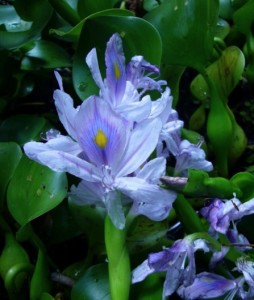
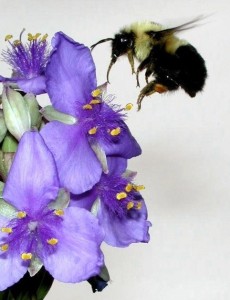
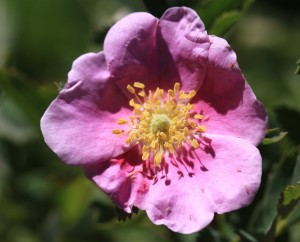
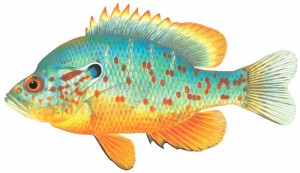
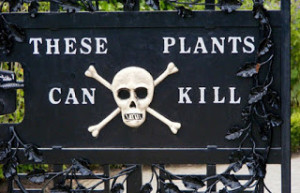
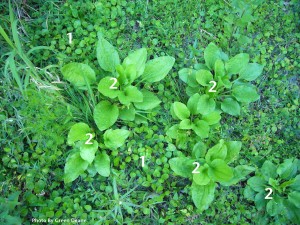
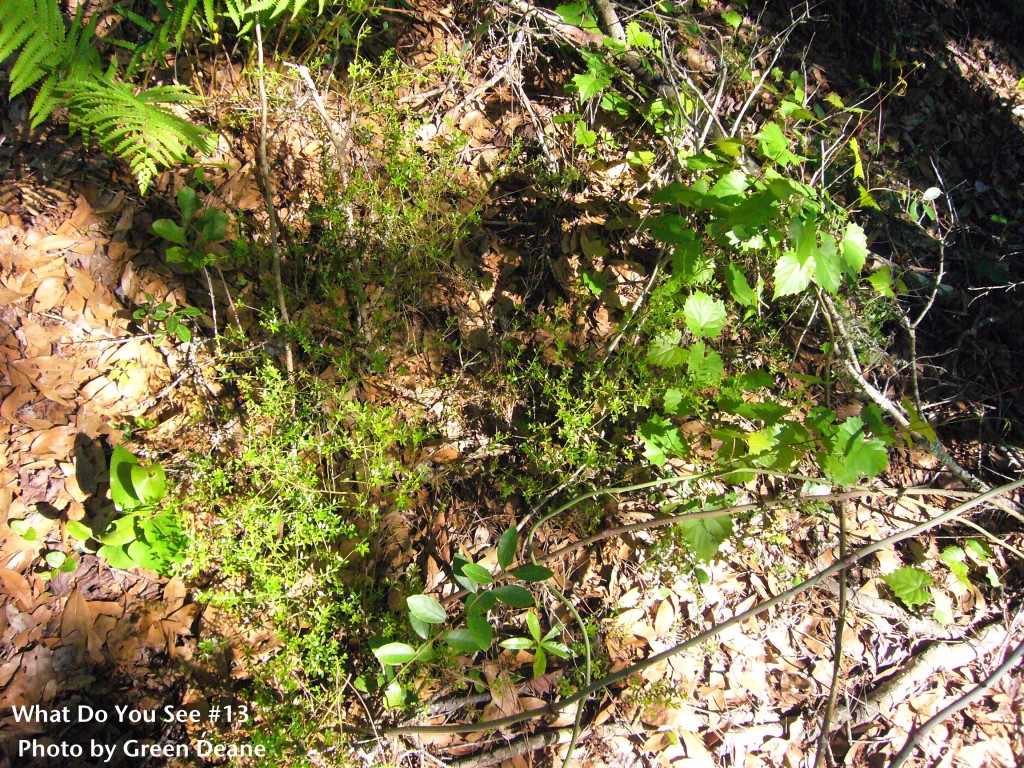

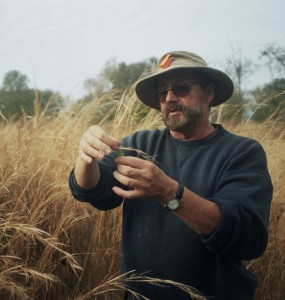
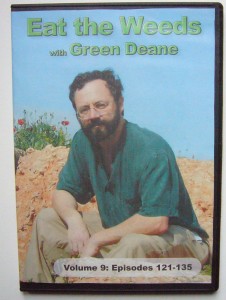

Good newsletter. I have been scouting my yard this spring (southern Va) and found many of the yellowed flower mock strawberry (disappointing). But seem to have a few real wild strawberry’s in one small area (that area is off limits to the mower). I have found two wild lettuce plants so far (again, no mow zone). I have cleaver everywhere, it’s a bumper crop this year, yep, it isn’t being weedeated, lol. Sure the neighbors love me. Anyway, am waiting to harvest the cleaver fruit (nut, seed, whatever it is) to try the coffee made from it. They say it’s great. And thanks to you, I found this white flower in the edge of the woods, that’s too big to be a strawberry. I wondered what it was, until I seen the pic of the dewberry. That’s interesting, I’ll have to keep an eye on those to see what they do.
I do have some wild and alpine strawberry plants emerging, and also goji berry, stinging nettles, and ground cherry.
I’m way more alert this year as to what is growing around me, thanks to you and a few other great wild edible teachers like Linda Runyon. Thank you all for what you do.
My first read of my first newsletter. How informative and written in such an intriguing literary manner. I had expected and looked forward to learning more facts about edible plants. What an exceptionally well prepared and attractive way to present those facts! I especially liked your way of working the story of the bog woman into the information on blackberries. I knew of the bog woman–but never from this perspective. Thank you so much for the newsletter and helpful information. PS. The photos are terrific too! I plan let others know of this site and the newsletter.
Thank you for your kind words. Every now and then the newsletter rises to the occasion.
Here are two holy verses praising those giving food especially that they have harvested themselves and chosen the best to give to those in need as well as freshly after harvest. “ He is Who produceth gardens trellised and untrellised , and the date palm, and crops of diverse flavour, and olive and pomegranate, like and unlike. Eat ye of the fruit thereof when it fruiteth, and pay the due thereof when it fruiteth, and pay the due thereof upon the harvest day, and be not prodigal. Lo! Allah loveth not the prodigals. “ O you who believed, spend from the good things which you have earned and from that which We have produced for you from the earth. And do not aim toward the defective there from, spending (from that) while you would not take it (yourself) except with closed eyes. And know that Allah is free of need and Praiseworthy.” ** On nomenclature, let me thank your guest Mike Conroy for the useful information. Likewise in naming chemical compounds , chemists have referred to the scientific method IUPAC (International Union of Pure and Applied Chemistry). On my part I have encountered two confusing examples: the first was about the in Arabic “Hunzul” or Bitter Gourd which I thought to be Wild Cucumber. The problem was clarified by Green Deane – refer to Eattheweeds 25th,March2014. Instead of Memordia charnatia for Bitter Gourd , I have confused it with Melothria pendula i.e. Wild Cucumber. The second example was about Wild Mustard which is referred to in the Arab world as “Rubl” and sometimes as “White Mustard”. Unfortunately till now I cannot find the correct scientific name, however as I know it belongs to “Plantagos”.
Deane,
I not only enjoy reading your articles, I enjoy your writing style. It is informative, humorous, and delightful.
Dewberries and blackberries. I used to argue about the differences. When I lived in Texas, most of the wild berries tended to be “dewberries” and in Florida, NY, and my home state of Missouri, it was “blackberries”. I knew dews were more creeping, but just did not put it together until reading what you wrote. Regardless, you cannot go wrong with a mess of dewberry or blackberry jam, dewberry syrup on vanilla ice cream, or just eating a handful from the vine.
I grew up eating weeds. Poke, dandelions (and made some wine), wild strawberries, blackberries, mustard, prickly sow, sassafras, and a host of assorted fruits and nuts like persimmons, wild apples, pears, walnuts, pecans, etc. Your stories brings back fond memories. Reminds me of why I got that Boyscout merit badge.
One of the things I try to teach others is that we should not suppose that our food comes from a supermarket. Recent generations have disconnected from the environment in this age, and tend to shun anything they have to pick or harvest on their own. Like it is dirty or weird to grow your own food or forage for some delightful edibles, yet, someone else can pick it and they don’t mind. Smh!
We all have farm and pioneer ancestry. Those God-given weeds made the difference in their lives and ours. Your blog helps remind us that we are still part of God’s creation so keep it coming! Thanks!
there were actually 6 sisters? belladonna and absynthia!
you can buy cans of penywort juice soda pop from thailand. not my cup of tea!